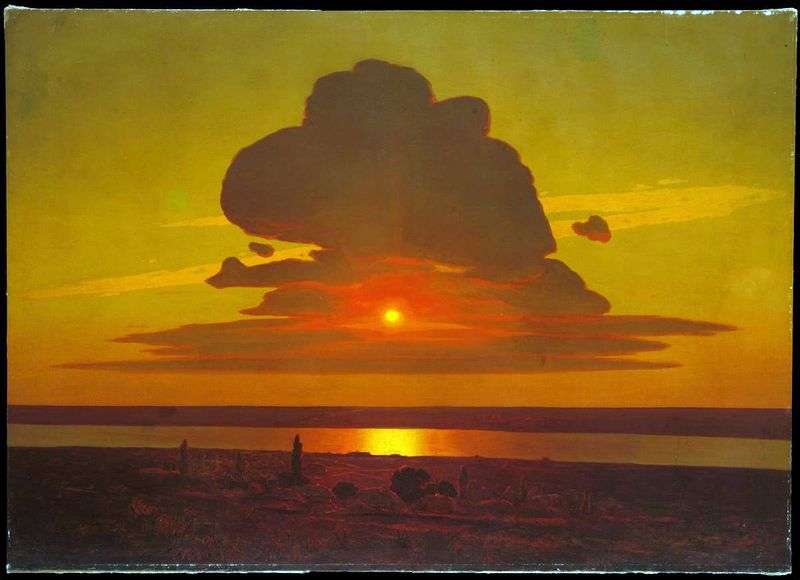
Landscape “Red Sunset” Arkhip Ivanovich Kuindzhi wrote between 1905 and 1908. The painting is written in the technique of oil painting and is stored in the Metropolitan Museum of Art in New York. The landscape is beautiful and modern, despite the fact that it was created in the early twentieth century.
The entire landscape is covered with a red glow, like fire. The landscape resembles an alien, covered with bloody, almost lifeless light.
The color solution of the canvas is minimalistic, almost monochromatic. The landscape was graphic, expressive. For the picture, a kind of stand-up stand-up between red and black is characteristic. The strictness of the coloristic embodiment, the ascetic nature of the space brings Kuinji’s work closer to the patterns of contemporary painting.
“Red Sunset” is drawn using a variety of shades of red. The landscape is built on the complication of the same red color.
“Red Sunset” can be seen as a powerful symbol. The concept of sunset contains the concept of the end, the decrease, the vanishing. Sunset is the completion, the natural fading of the day. However, the definition of the red sunset emphasizes a special semantic hue, giving the landscape an anxiety, unsteadiness. Sunlight is waning, the color becomes a saturated purple hue.
The horizon line is compositionally understated. The setting sun precisely burns the space, piercing the fiery red flashes of light.
The stone earth surface resembles black coal fragments. Flame “volcanic” shades are burned with real fire, saturating with real heat, sometimes passing into heat, bursts of heat.
A large cloud, through which the red sunset shines through, resembles a black-gray smoke, spreading along the horizon. The red rays spread, spreading in different directions, compacting the space, burning out the air and the breath of the past day.
The landscape is hot, it blazes, expelling excess sunlight and day energy.
The paints gradually thicken, the brightness of the day is suppressed and gradually thins down to a weak sunset. Sunset is always attractive, always precipitous, partly tragic, since sunset is always a doom. The destruction of the day, the death of a multitude of day hopes and plans, this sense of irrevocability and the inevitability of the end, but of always hoping for a new beginning, for a new repetition, for another chance, another day, is at the same time a hope for a new beginning.
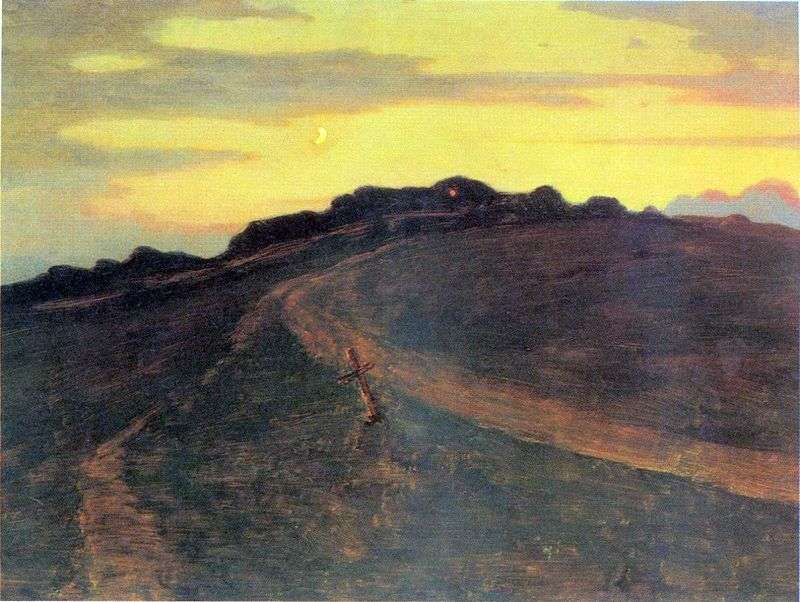 Twilight by Arkhip Kuindzhi
Twilight by Arkhip Kuindzhi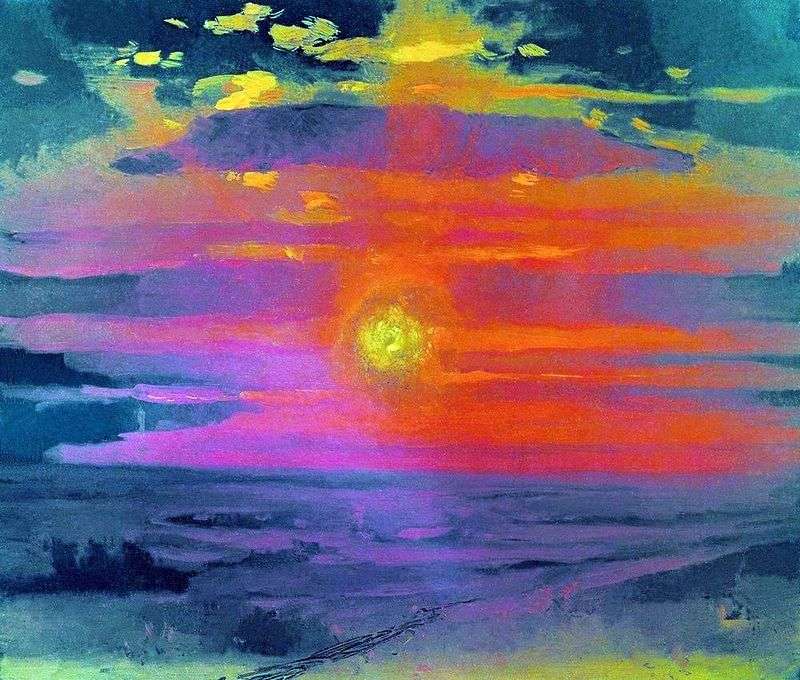 Sunset in winter. Coast of the sea by Arkhip Kuinji
Sunset in winter. Coast of the sea by Arkhip Kuinji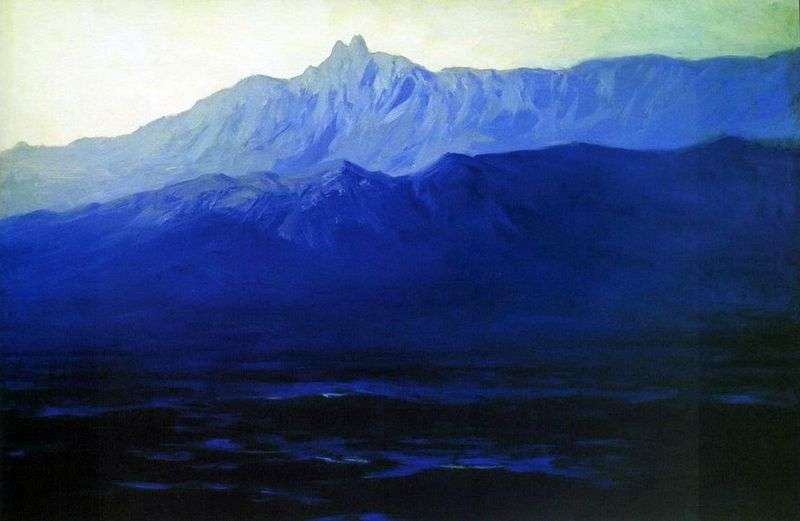 Ai-Petri by Arkhip Kuindzhi
Ai-Petri by Arkhip Kuindzhi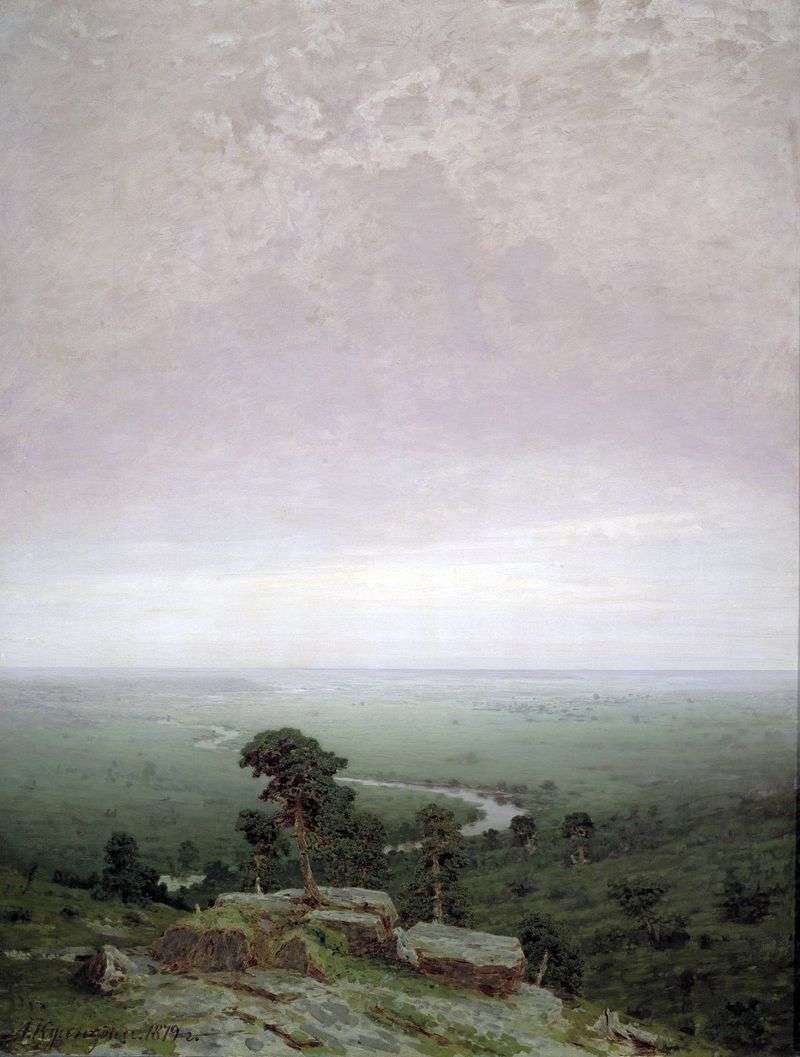 North by Arkhip Kuindzhi
North by Arkhip Kuindzhi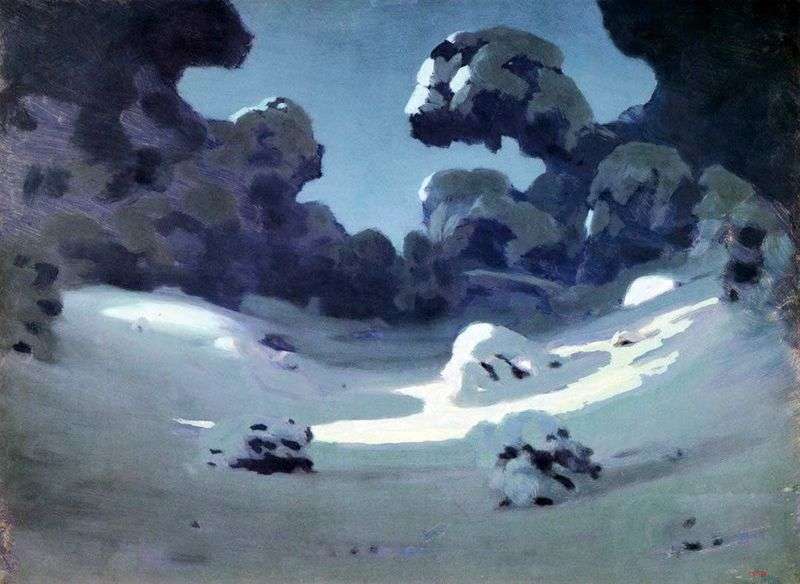 Moonlight spots in the forest. Winter by Arkhip Kuindzhi
Moonlight spots in the forest. Winter by Arkhip Kuindzhi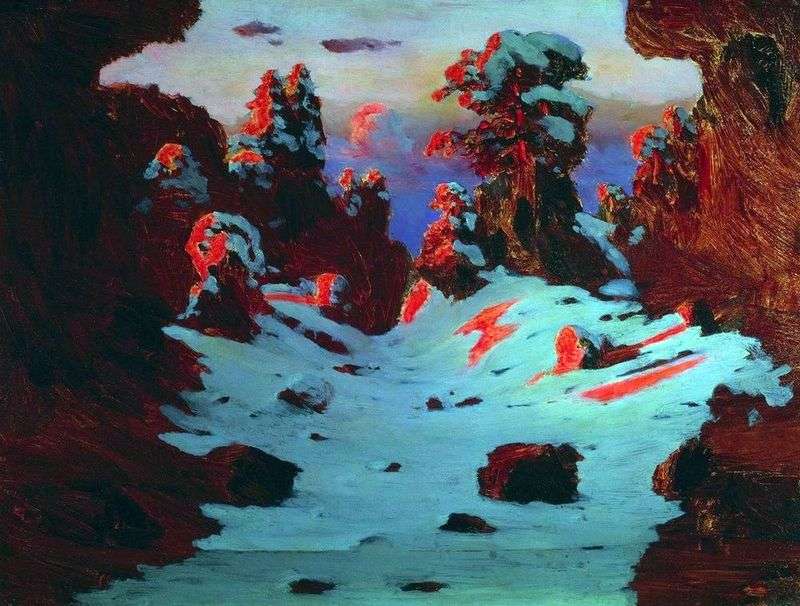 Sunset Effect by Arkhip Kuinji
Sunset Effect by Arkhip Kuinji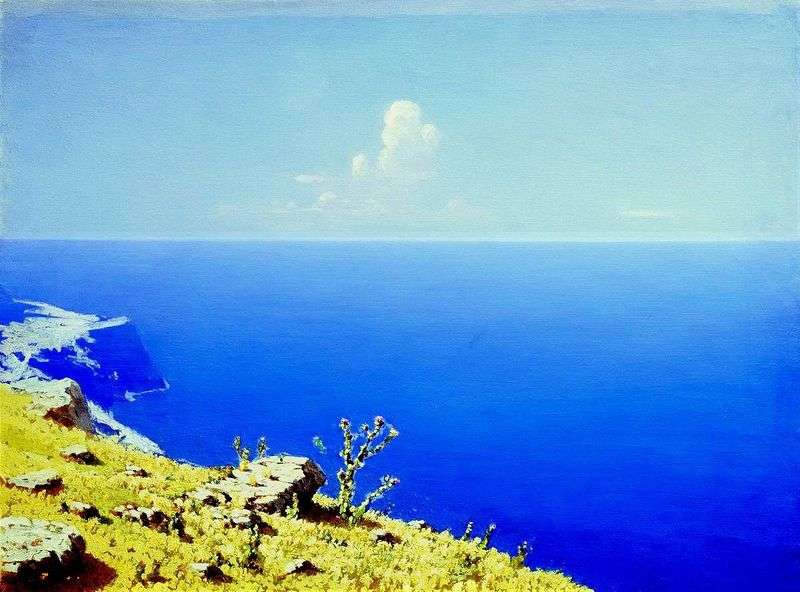 Sea. Crimea by Arkhip Kuindzhi
Sea. Crimea by Arkhip Kuindzhi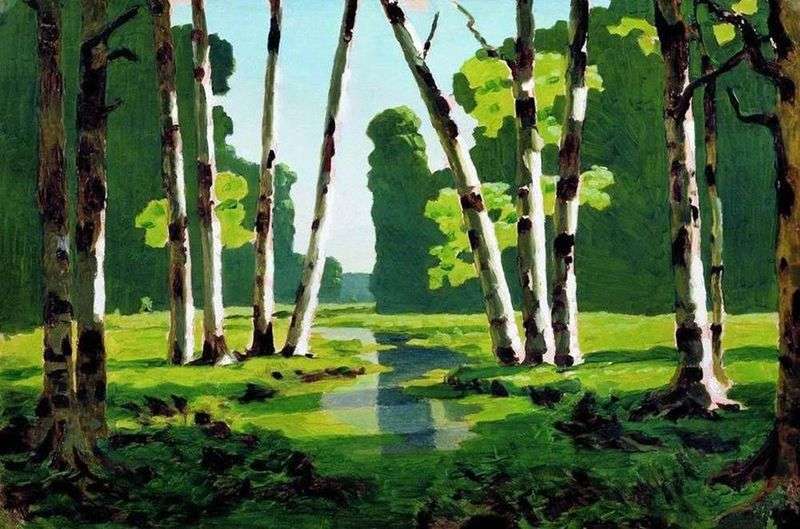 Birch Grove by Arkhip Kuindzhi
Birch Grove by Arkhip Kuindzhi